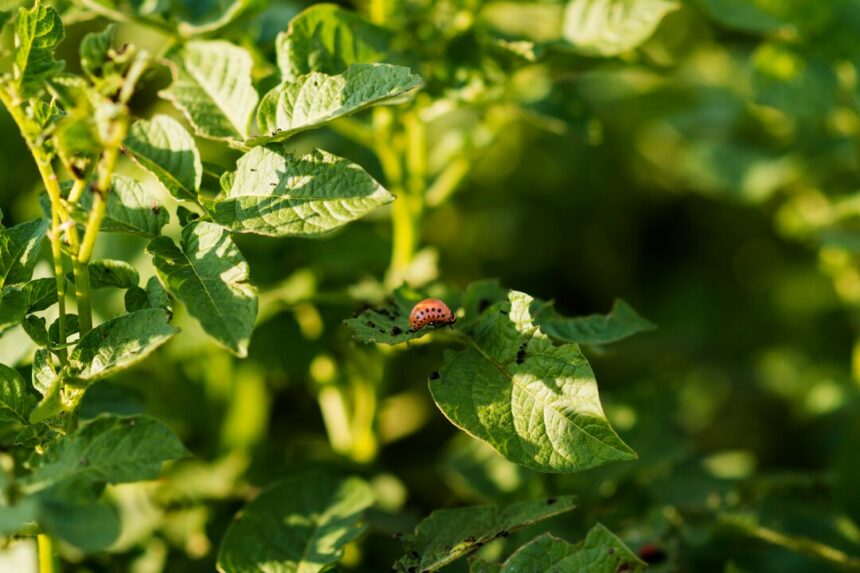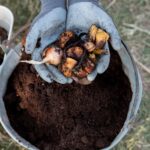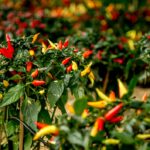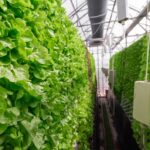Pests and diseases pose significant challenges to farmers worldwide, threatening crop yields, profitability, and food security. From insects and fungi to viruses and bacteria, these agricultural adversaries can wreak havoc on crops, causing devastating losses and compromising the sustainability of farming operations. However, with proper prevention and management strategies, farmers can mitigate the impact of pests and diseases and protect their crops from harm. In this article, we’ll explore some common pests and diseases in farming and discuss effective prevention and management techniques to safeguard crops and ensure agricultural productivity.
Identifying Common Pests and Diseases
- Insects: Insect pests, such as aphids, caterpillars, beetles, and mites, can cause significant damage to crops by feeding on leaves, stems, roots, and fruits. Common insect-borne diseases include mosaic viruses and bacterial wilt.
- Fungi: Fungal diseases, such as powdery mildew, downy mildew, and rust, thrive in warm, humid conditions and can affect a wide range of crops, including fruits, vegetables, and grains.
- Bacteria: Bacterial diseases, such as bacterial blight and bacterial spot, can cause leaf spots, wilting, and rotting of plant tissues, leading to reduced yield and quality.
- Viruses: Viral diseases, such as mosaic viruses and tomato spotted wilt virus, can cause stunted growth, yellowing of leaves, and distorted fruits, resulting in significant crop losses.
Prevention Strategies
- Crop Rotation: Rotate crops regularly to disrupt pest and disease cycles and reduce the buildup of pathogens in the soil. Planting different crops in succession helps break the lifecycle of pests and diseases and maintains soil health.
- Sanitation: Practice good sanitation measures, such as removing crop residues, weeds, and plant debris, to eliminate potential breeding grounds for pests and pathogens. Clean and disinfect tools, equipment, and greenhouse surfaces regularly to prevent the spread of disease.
- Cultural Practices: Implement cultural practices, such as proper spacing, irrigation management, and soil fertility management, to promote crop health and resilience. Healthy plants are better equipped to withstand pest and disease pressure.
- Crop Diversity: Plant a diverse range of crops and varieties to reduce the risk of widespread pest and disease outbreaks. Monoculture farming increases vulnerability to pests and diseases, while diversified cropping systems enhance ecosystem resilience and stability.
Management Techniques
- Integrated Pest Management (IPM): Adopt an integrated approach to pest management that combines biological, cultural, physical, and chemical control methods. Use pesticides judiciously as a last resort and prioritize environmentally friendly alternatives.
- Biological Control: Utilize natural enemies, such as predatory insects, parasitic wasps, and microbial agents, to control pest populations and suppress pest outbreaks. Release beneficial organisms into the field or greenhouse to establish a balanced ecosystem.
- Resistant Varieties: Plant resistant varieties and cultivars that are genetically resistant or tolerant to specific pests and diseases. Breeding for resistance is an effective long-term strategy for reducing pesticide dependence and minimizing crop losses.
- Chemical Control: Use pesticides selectively and responsibly, following label instructions and safety guidelines. Choose pesticides that are effective against target pests and have minimal impact on beneficial organisms, human health, and the environment.
Pests and diseases are formidable foes in agriculture, threatening the stability and productivity of farming systems worldwide. However, by implementing proactive prevention measures and employing integrated management strategies, farmers can effectively mitigate the impact of pests and diseases and protect their crops from harm. From crop rotation and sanitation to biological control and resistant varieties, there are numerous tools and techniques available to help farmers combat pests and diseases sustainably and safeguard agricultural sustainability and food security for future generations. By working together and sharing knowledge and best practices, farmers can build resilient farming systems that are better equipped to withstand the challenges posed by pests and diseases and ensure a bountiful harvest for years to come.
Join 'Farmers Mag' WhatsApp Channel
Get the latest Farming news and tips delivered straight to your WhatsApp
CLICK HERE TO JOIN






